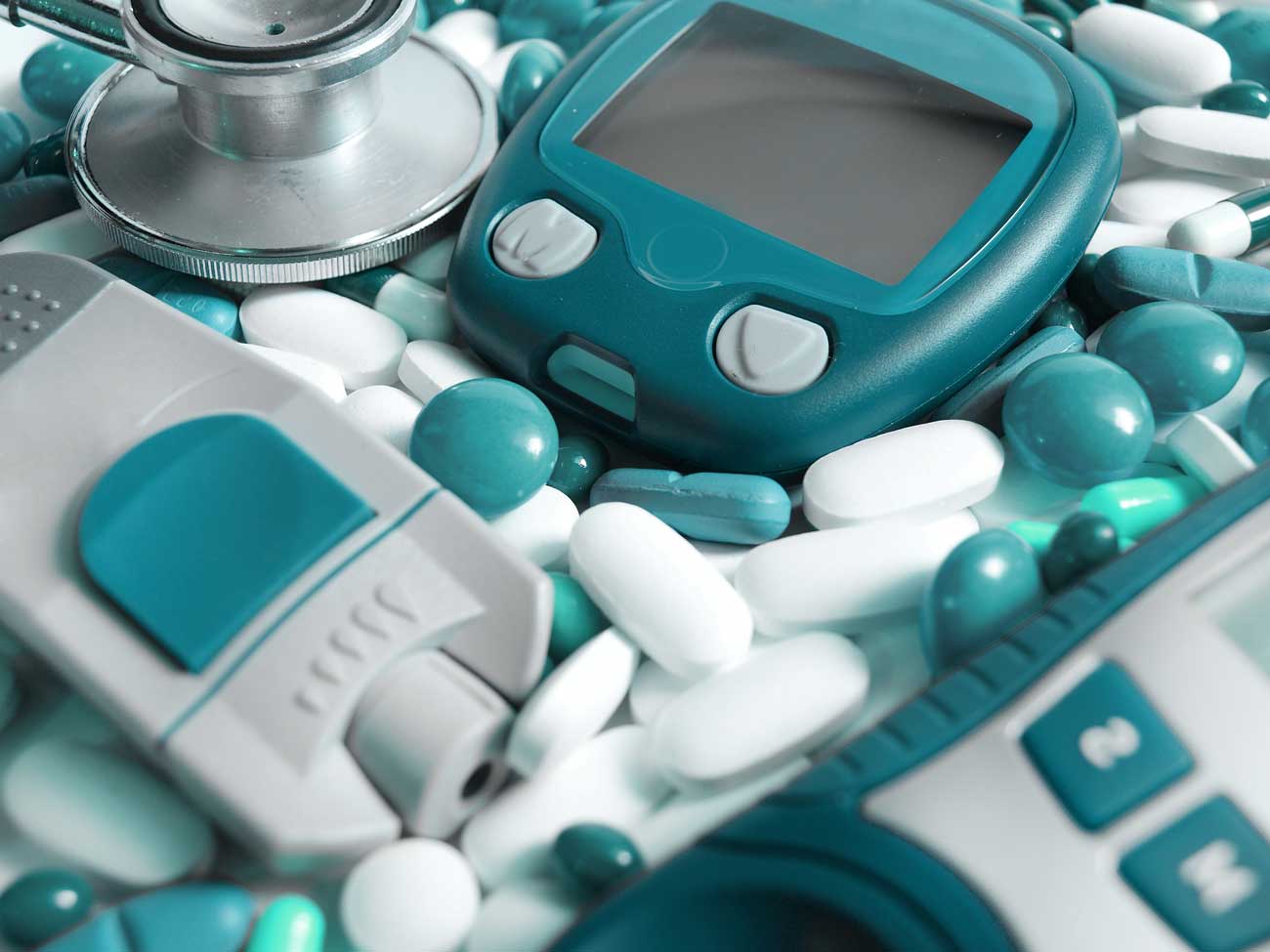Throughout the course of my career, I’ve had the honor to work on all types of different studies across phases and therapeutic areas. It’s become clearer to me through the years that device trials seem to operate more smoothly, as well as enroll more quickly, than your typical drug trial. I believe there are a number of things that drug trials can learn from device trials to improve their recruitment, retention and overall operations.
Ditch the CRO
Almost all device trials I have worked on have foregone utilizing a CRO. As a result, so many of the administrative processes are much more streamlined. No more “I need to get sponsor approval” when negotiating budgets. Dealing with sponsors directly seems to encourage getting through the startup process much quicker than operating through a middleman who is concerned with capturing more billable hours.
Another great side effect of not working through a CRO is that the CRAs that work directly for the sponsor tend to be much more knowledgeable about the protocols and the general expectations from sites are communicated more clearly. Again, there are fewer opportunities for things to go wrong when you are dealing directly with someone who represents the sponsor. I also find there tends to be much less turnover with these CRAs which provides more consistency and relationship building opportunities for sites.
Physician/Clinic Engagement
Device trials seem to also benefit from much better PI engagement than your standard drug trial. Perhaps the fact that there is often a parallel commercial relationship between device companies and physicians creates a closer relationship. Oftentimes the other representatives and programmers for trials already have well-established relationships with a variety of clinic staff which, again, already provides some comfort in the familiarity that exists. Either way, these different points of contact bode very well when trying to engage all of the different peripheral personnel (CRCs, nurses, MAs, imaging techs, scrub nurses, etc) that exist at the site level.
Inclusion/Exclusion Criteria
We also find that the I/E criteria in device trials are much closer to representing the actual patient populations that exist in the practice. As you can guess, this makes enrollment much easier. I have so often complained that drug trials are busy looking the “unicorn” patients and neglecting the more typical patients that will later actually be prescribed the medication being tested.
Standard of Care Follow-ups/Assessments
Much of the chatter regarding implementing DCTs revolves around allowing patients to perform visits away from the clinic. Device trials do not seem to suffer this same problem. Generally speaking, the visits and assessments in device trials seem to mirror standard of care much more frequently. This, predictably, keeps retention in these trials fairly high and minimizes additional burden on both patient and site.
Device trials do suffer from their own unique issues but ultimately seem to run smoother than their drug-based counterparts. What other techniques or processes can be learned and utilized from device trials?







I’m new to research. Can you please clarify you last comment about device trials and DCTs. Are you saying with device trials, the SOC is to allow remote visits and assessments and that helps with retention, or that in person visits are the SOC with devices and that improves retention? Thank you.
Good question. Generally speaking, the “research visits” in device trials mimic the standard of care schedule. Therefore, we aren’t asking the patient to come back for a lot of extra visits that they wouldn’t be coming back for outside the trial.
Well, I couldn’t agree more with most of the points you made, Brad. However, working at a 100% clinical research dedicated privately owned site, locally in the midst of a medical device hub (diabetes) exposes us to more medical device studies compared to pharma trials. There is a new trend that makes recruitment rather ‘unsmooth’ – sponsors require meanwhile certain technology savviness and patient owned specific equipment, what IMHO is actually an add on to the IE/C. We even started capturing those patient soft skills and equipment to our CTMS for better feasibility and preselection. And yes, it requires well organized maintenance of the data base to keep the facts current and therefore valuable.